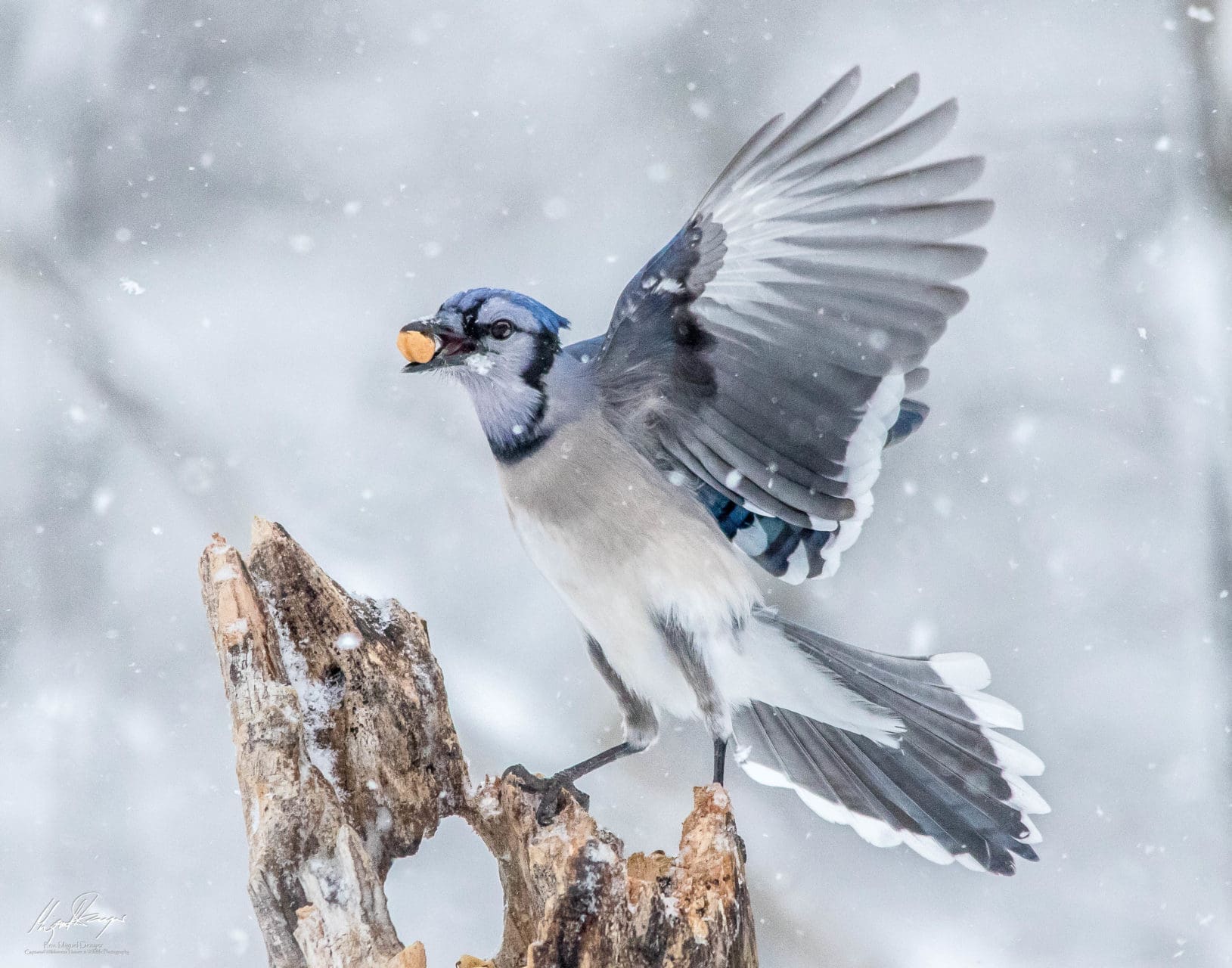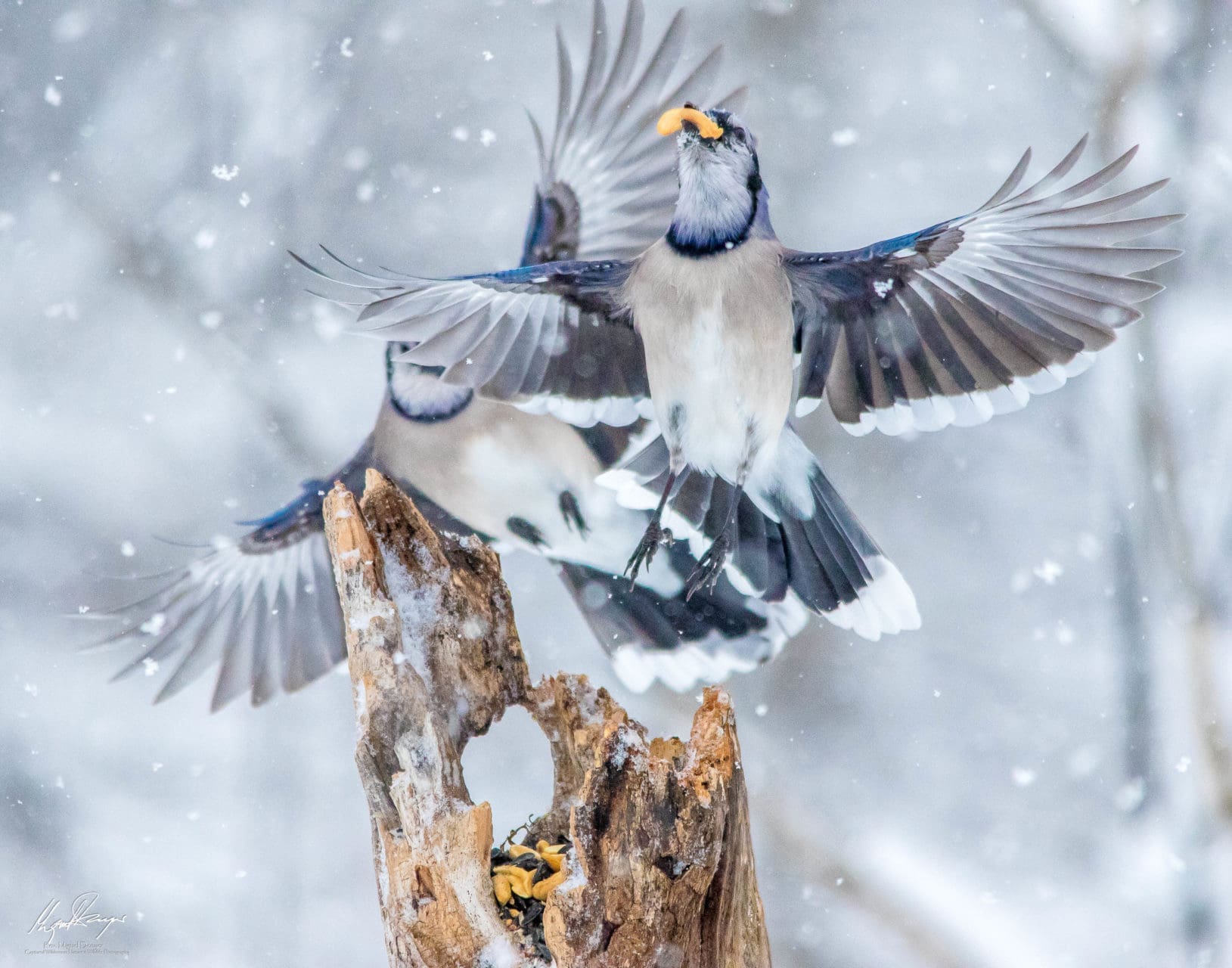Discovering the Blue Jay: A Vibrant Icon of North American Wildlife
The Blue Jay (Cyanocitta cristata) is one of North America’s most striking and easily recognizable birds, known for its vibrant blue plumage and distinctive crest. These medium-sized birds, typically about 9 to 12 inches in length, display a brilliant combination of blue, white, and black feathers. Their striking appearance is complemented by their loud and varied calls, which often include mimicking the sounds of other birds, particularly hawks. The Blue Jay’s adaptability and intelligence make it a fascinating subject for birdwatchers and nature enthusiasts alike.

Blue Jays are native to eastern and central North America, ranging from southern Canada to the Gulf Coast of the United States. They thrive in a variety of habitats, including deciduous and mixed forests, forest edges, and urban and suburban environments. Their adaptability allows them to live close to humans, making them a common sight in backyards and gardens. Blue Jays are particularly fond of areas with oak trees, as acorns are a favorite food source.
The diet of a Blue Jay is as diverse as its habitat. These omnivorous birds feed on a wide range of foods, including nuts, seeds, fruits, and insects. Acorns are a particular favorite, and Blue Jays play a crucial role in dispersing oak trees by caching acorns in the ground, many of which are forgotten and later germinate. They are also known to eat small vertebrates, bird eggs, and nestlings, showcasing their opportunistic feeding behavior. This varied diet helps Blue Jays to adapt to different environments and seasonal changes in food availability.

Blue Jays are also known for their complex social behaviors and strong family bonds. They typically mate for life and are devoted parents, with both males and females sharing responsibilities in nest building, incubating eggs, and feeding their young. Their nests are often constructed in the crooks of tree branches, made from twigs, grass, and other plant materials. The strong family structure and cooperative breeding strategies contribute to the survival and success of their offspring.
Beyond their ecological role, Blue Jays have cultural significance and are often featured in folklore and popular media. Their intelligence, boldness, and striking appearance make them symbols of curiosity and resilience. Whether admired for their beauty, studied for their behavior, or appreciated for their ecological contributions, Blue Jays are a fascinating and vital part of North America’s avian community. Observing these birds offers a window into the dynamic and interconnected world of nature.


